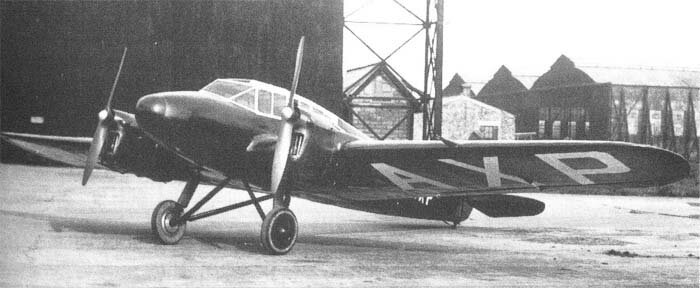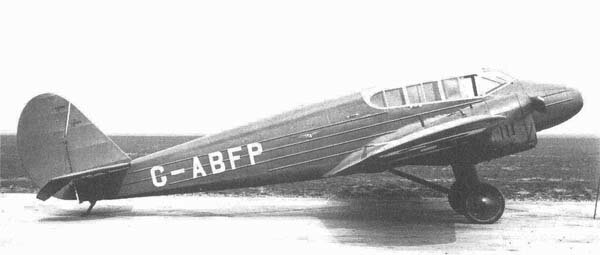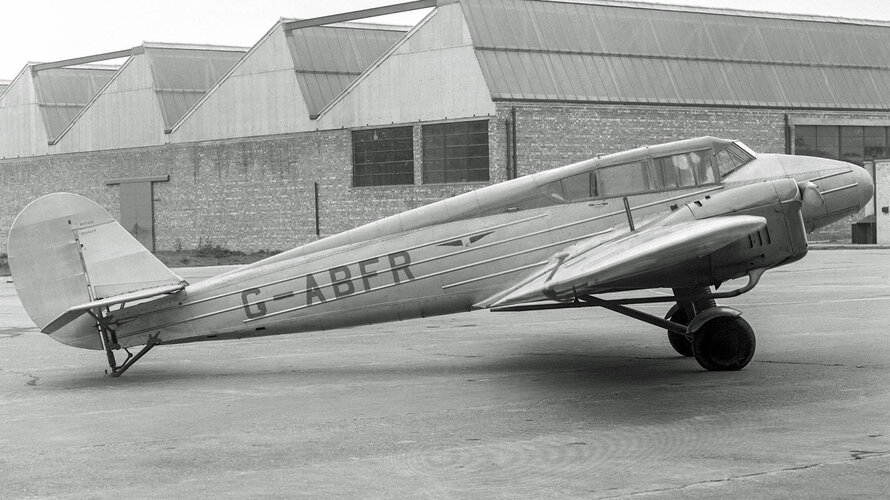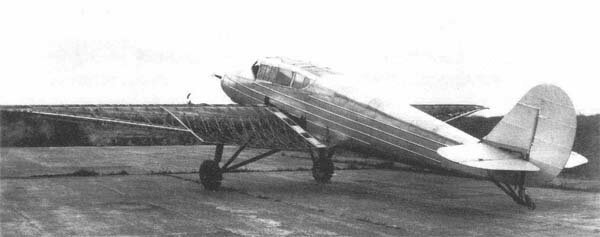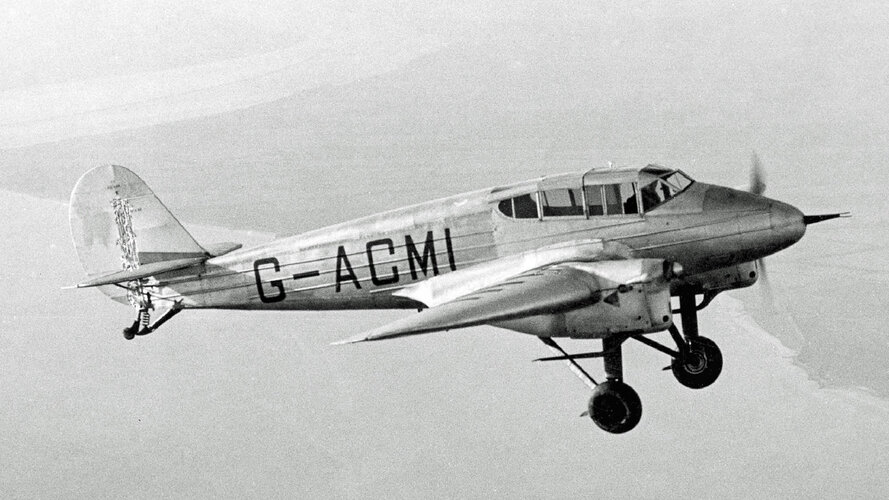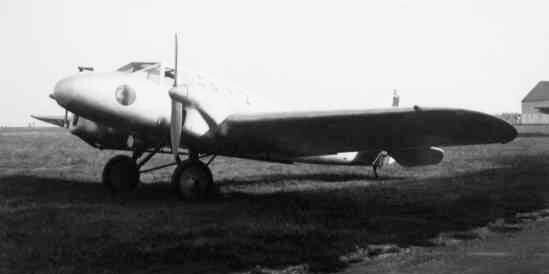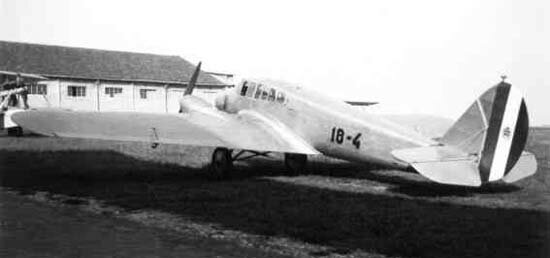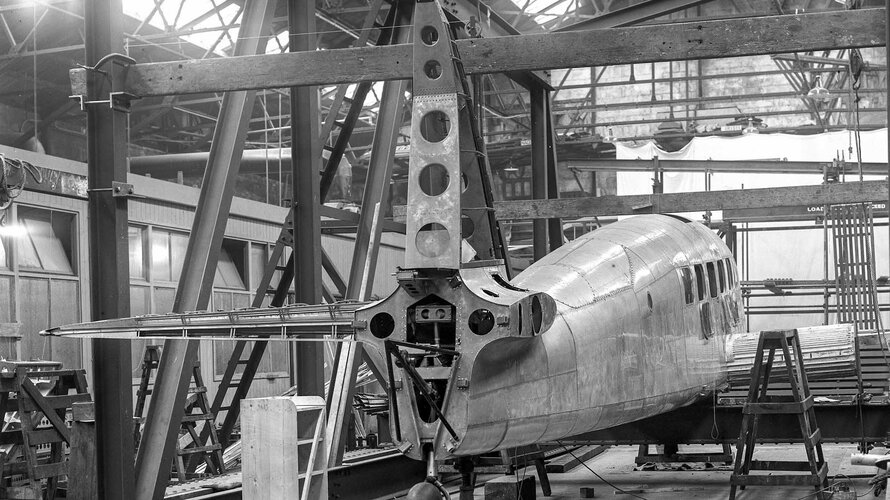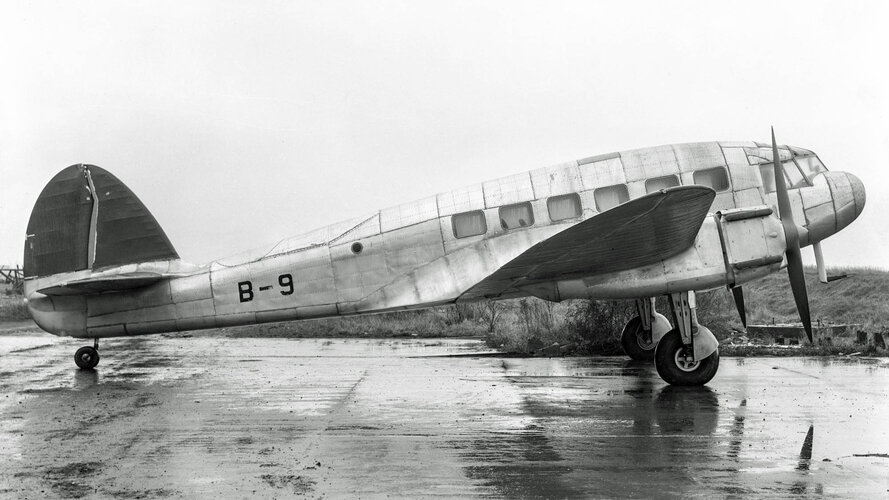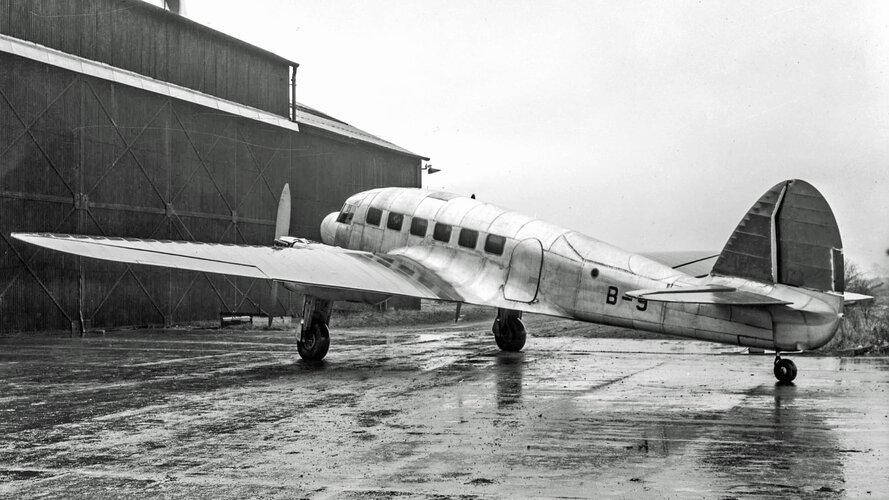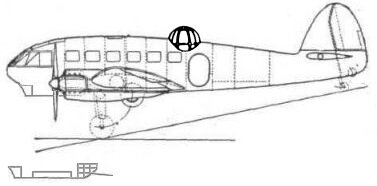- Joined
- 25 June 2014
- Messages
- 1,564
- Reaction score
- 1,497
A handful of examples of the Saro/Blackburn Segrave twin-engined light touring monoplane were built in the early 1930s, mainly by Blackburn at Brough. Some were license-built by Piaggio as the P.12, but I don't know how many (Wikipedia suggests just two).
The last Blackburn-built Segrave was particularly interesting, in that it was the testbed for the patent Blackburn-Duncanson tubular light alloy wing spar, which also doubled as the fuel tank. Following Duncanson's research into the idea, he teamed up with Blackburn to commercialise it. The Segrave design tapered from root to tip and the biggest-diameter centre section doubled as the main fuel tank. Despite having to be mashed into an existing two-spar wing, with extensive extra bracing, it resulted not only in greatly increased stiffness but also in such a large weight saving that an extra passenger seat could be added to the Segrave. Source: Flight, 9 Aug 1934, pp804-5.
Sadly, the Segrave failed commercially and the tubular-sparred "Segrave II" was the last one to be built.
Interestingly, it was just about the same time, ca. 1933-4 that the Blohm & Voss (aka Hamburger Flugzeugbau) new chief designer Richard Vogt made the tubular metal spar-cum-fuel-tank something of a trademark, though his were steel rather than light alloy. Coincidence?
I wonder also, did Blackburn stick with Duncanson's tubular spar in later types or did they revert to conventional construction?
The last Blackburn-built Segrave was particularly interesting, in that it was the testbed for the patent Blackburn-Duncanson tubular light alloy wing spar, which also doubled as the fuel tank. Following Duncanson's research into the idea, he teamed up with Blackburn to commercialise it. The Segrave design tapered from root to tip and the biggest-diameter centre section doubled as the main fuel tank. Despite having to be mashed into an existing two-spar wing, with extensive extra bracing, it resulted not only in greatly increased stiffness but also in such a large weight saving that an extra passenger seat could be added to the Segrave. Source: Flight, 9 Aug 1934, pp804-5.
Sadly, the Segrave failed commercially and the tubular-sparred "Segrave II" was the last one to be built.
Interestingly, it was just about the same time, ca. 1933-4 that the Blohm & Voss (aka Hamburger Flugzeugbau) new chief designer Richard Vogt made the tubular metal spar-cum-fuel-tank something of a trademark, though his were steel rather than light alloy. Coincidence?
I wonder also, did Blackburn stick with Duncanson's tubular spar in later types or did they revert to conventional construction?

